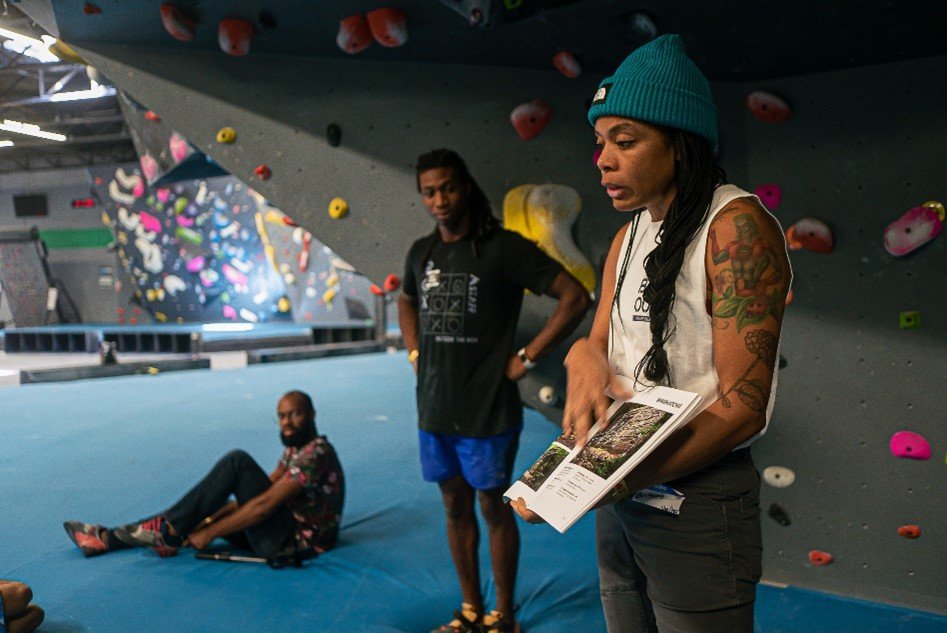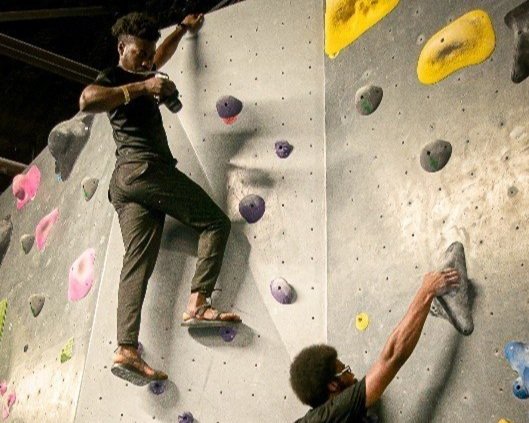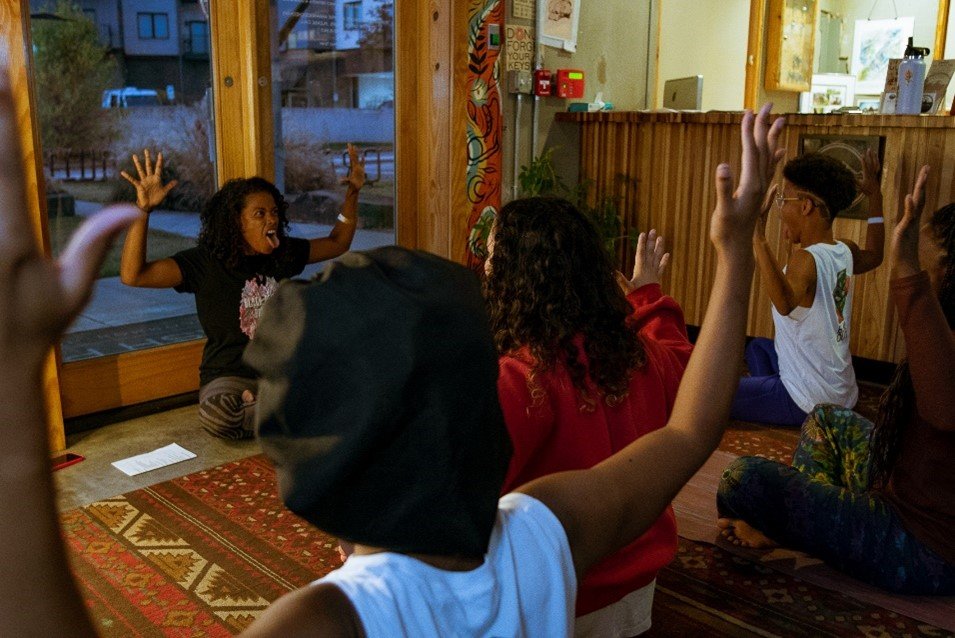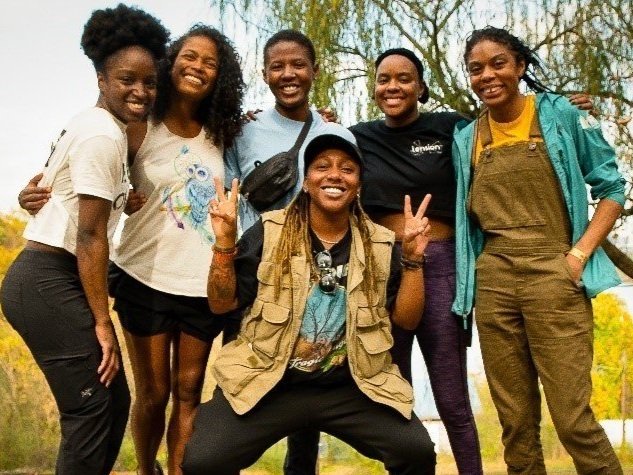When I first started climbing, I knew that I was different. Not just because I was the only black face in the room, but I was also a lot bigger than the other kids my age. I was taller, my hands and feet were bigger, and my stomach poked out a little farther than everyone else’s. My coaches and peers would make jokes about it and I was always told the best climbers in the world had to be small. I never took what they said to heart, but it instilled in me a message that I always held on to; because I’m so tall, the only way I could be the best is if I was skinny like the other kids. As I got older and was able to compete in bigger competitions, my ambitions got bigger, and so did my desire to lose weight. As I got smaller and smaller, the people around me applauded my efforts, commenting on my dedication to the sport and my rapid improvements. These affirmations made me feel good, but subconsciously cemented a mindset that I was too young to understand. As an impressionable kid, I had a hard time distinguishing between my athletic performance and my self-worth. By dedicating myself to losing weight, I was making the people around me happy and strengthening the link between my weight and my happiness.
Eventually things went too far. Standing at 5’8 and 95lbs, my climbing was better than it ever had been before. People would comment on my weight, but when I looked in the mirror I never saw what they did. I was running 8-10 miles a day, taking laxatives to get rid of excess weight and eating less to meet my weekly goals. I knew in my head that the only reason I was succeeding was because the number on the scale told me I deserved to. One day after school, my mom picked me up and told me we weren’t going home. When I asked her where we were going, she refused to tell me until we arrived at the doctor. Although I had been telling her I was fine and everything was OK, she didn’t believe me and was concerned about my health. The doctor told us I was severely underweight for my height and my liver was close to failure. They also told me the reason I had been having so much acid reflux is because I had weakened the sphincter muscles in my stomach to the point where they didn’t work properly anymore. Although this was a major wakeup call for me, it didn’t end my desire to lose weight. Instead, it let me know I had to change my methods rather than my intentions.
As puberty came along, I got taller, my muscles got bigger and the number on the scale continued to go up. For most guys this is great news, but for me it felt like failure. Failure to hold up my end of the bargain. Failure to be dedicated enough to make it stop. Failure to make the people around me happy. I remember crying before competitions because I felt that if I couldn’t do something as simple as eat less, how I could feel confident enough to compete against the world’s best? This feeling of failure followed me for years, and my mental health struggled along with it. It has taken me years to overcome this feeling and to see climbing as more than a world of cardio and portion control. I have never been the kind of person who felt comfortable sharing my struggles, but looking back on this period of my life, I hate that I never felt comfortable talking to anyone about what I was going through. I felt by telling them I wasn’t ok, I would disappoint them even more than I thought I already had. But I wasn’t alone. I had friends who loved and cared about me and a mother stronger than anyone I know.
I didn’t write this to discourage parents from entering their kids in to sports at a young age. Contrarily, in a world where issues such as gun violence and childhood obesity are becoming more normalized, I think climbing is a wonderful opportunity for kids to find a productive outlet and foster their passions. However, I think it is important to provide a space where kids are able to push themselves to find their own paths instead of conforming to a vision that doesn’t fit them. Allow your kids to follow their dreams, but make sure they are doing it in a way that builds them up. Pay attention to what they do, and not just what they say. In my case, that’s what saved my life.
Success comes in many shapes and sizes, and allowing kids to naturally progress will lead to healthy, well adapted adults who have learned valuable life lessons at a young age and can apply them accordingly.
































